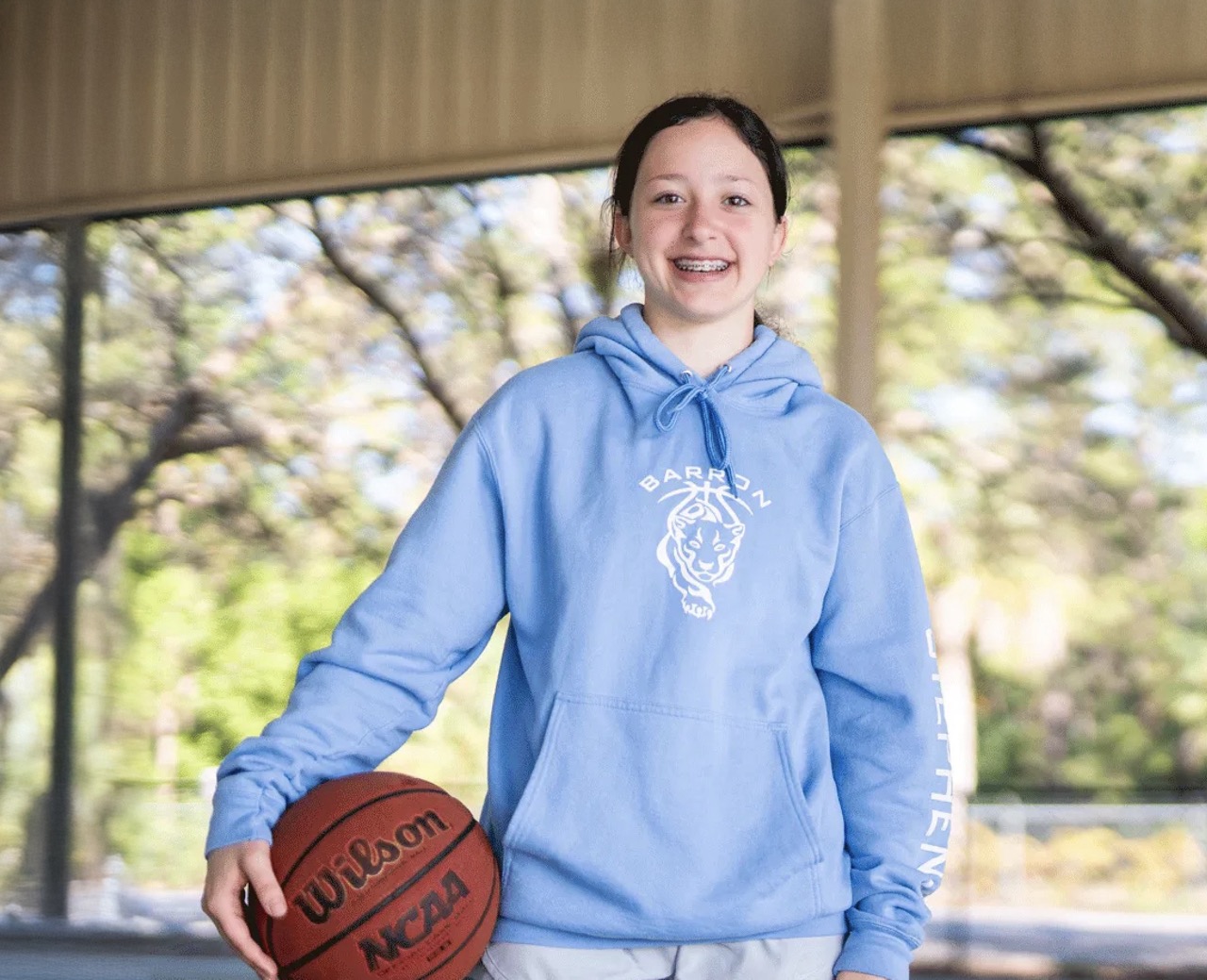An ACL Tear Solution Designed for Young Athletes
Anterior cruciate ligament (ACL) tears are extremely common in children and adolescents.1 But there are treatment options created specifically for children and adolescents aimed at returning them to the activities they love.
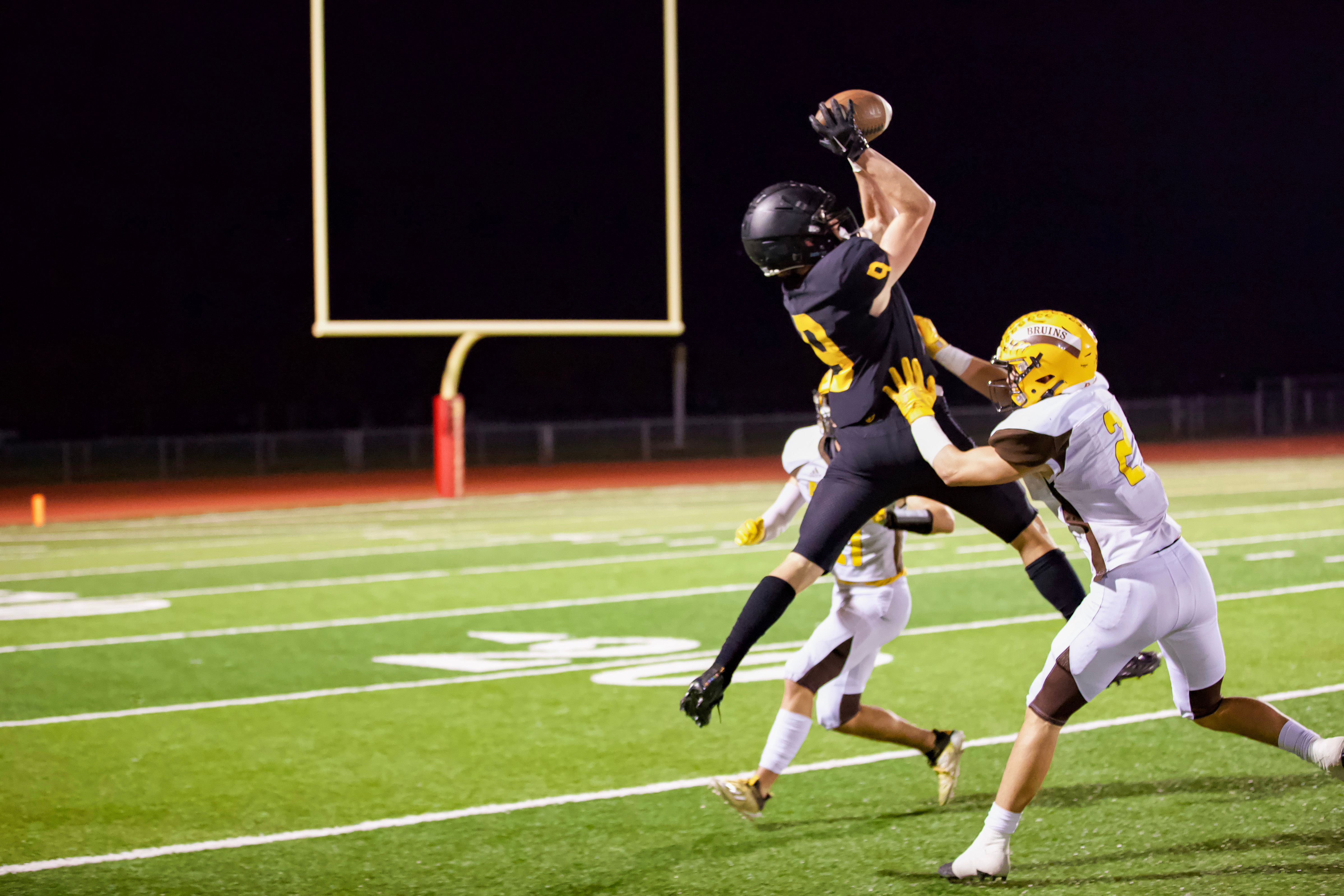
Young Athletes and ACL Tears
ACL injuries are considered an epidemic in young athletes2 as “cutting and pivoting” sports such as soccer, football, and basketball become more popular. ACL tears can occur from stopping suddenly, pivoting, landing awkwardly, and other motions frequently used in these sports.
How Does the Anatomy of Children and Adults Differ?
More than a third of our bone growth occurs early in life, with a “growth spurt” occurring around age 12½ for girls and age 14 for boys.3 Until we reach skeletal maturity, the ends of many bones—including the thigh bone (femur) and shinbone (tibia)—have an area of cartilage at their ends called physes, or growth plates. As we mature, these growth plates eventually harden and become bone.4
When your child needs surgery for an ACL tear, major considerations for your surgeon are how far along this skeletal growth is and avoiding impact on these growth plates.
Did You Know?
Skeletal age is not always the same as chronological age but it can easily be determined using x-rays or MRI.5
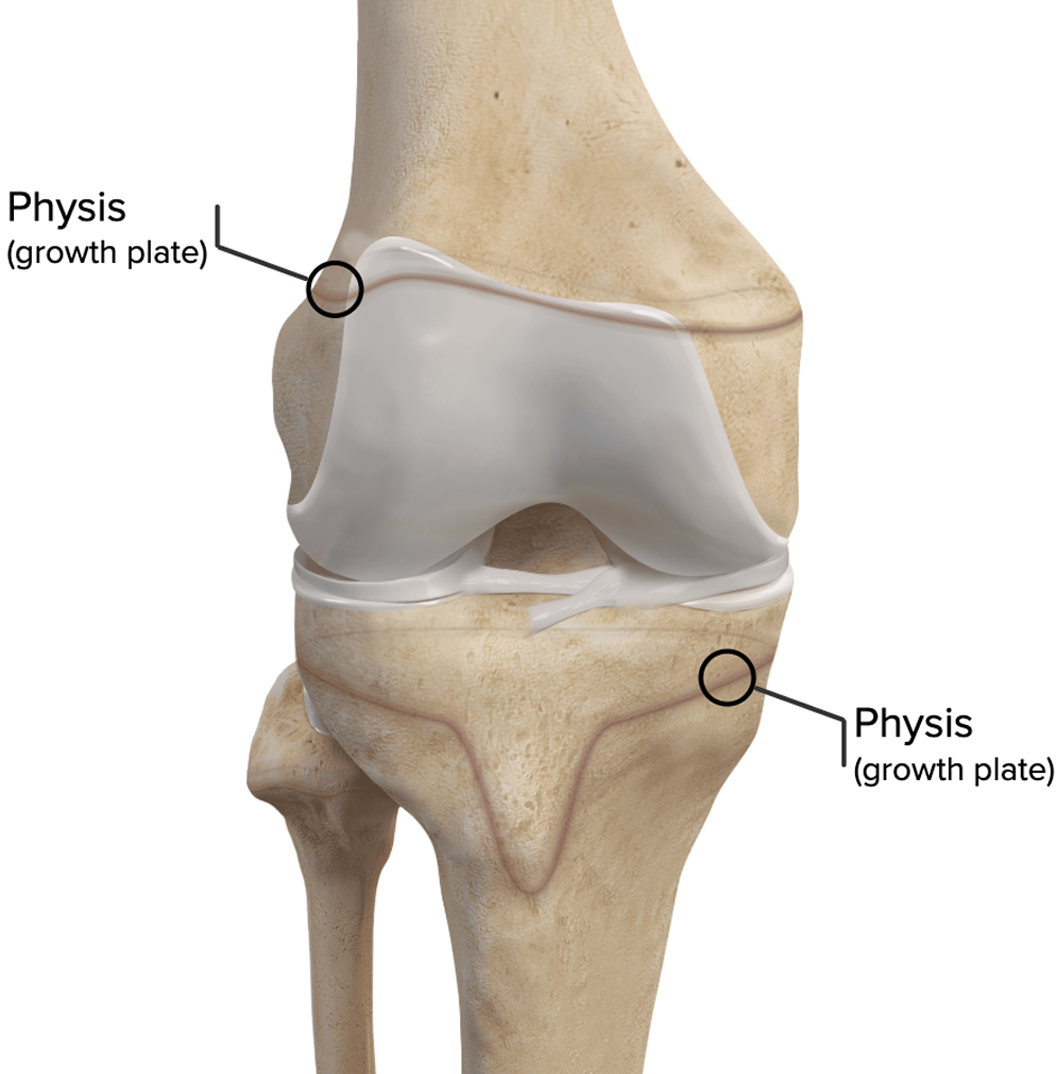
Potential Treatment Options
Like in adults, most ACL tears in young athletes will require surgery. Not surgically repairing an ACL tear or delaying surgery or choosing not to surgically treat an ACL tear can have negative impacts, including risk of injury to the meniscus and the bones of the knee joint.6 ACL surgery generally requires the surgeon to drill through the knee, pass the graft through, and secure it to the bone using suture, buttons, or screws.
However, if your child needs ACL surgery, there are several ACL reconstruction options that minimize impact on the growth plates located at the knee joint. Your child's doctor will choose the best surgical option, as well as the appropriate ACL graft, based on your child’s age, skeletal maturity, and other factors.
Explore potential treatment options by clicking on each below.
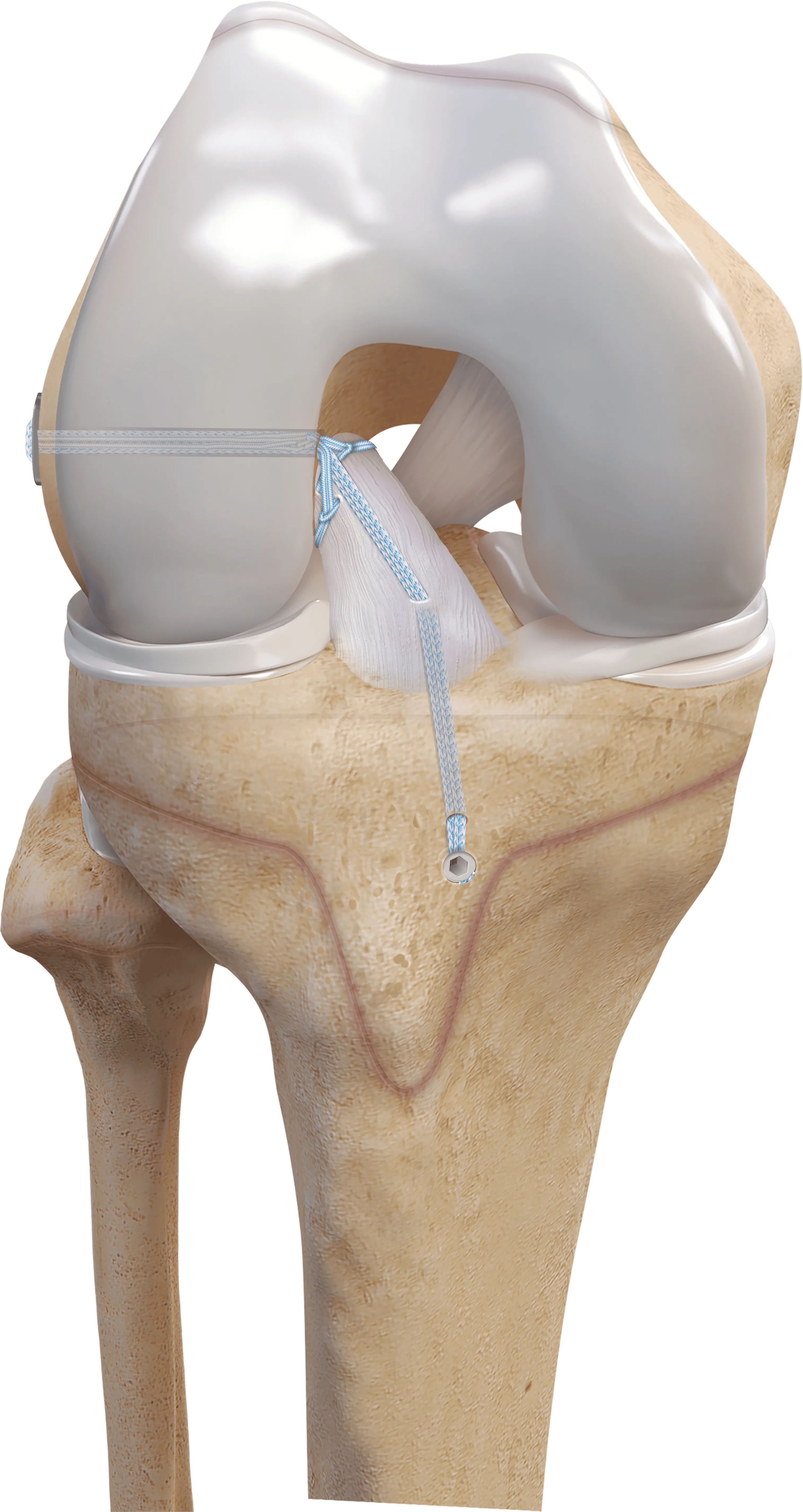
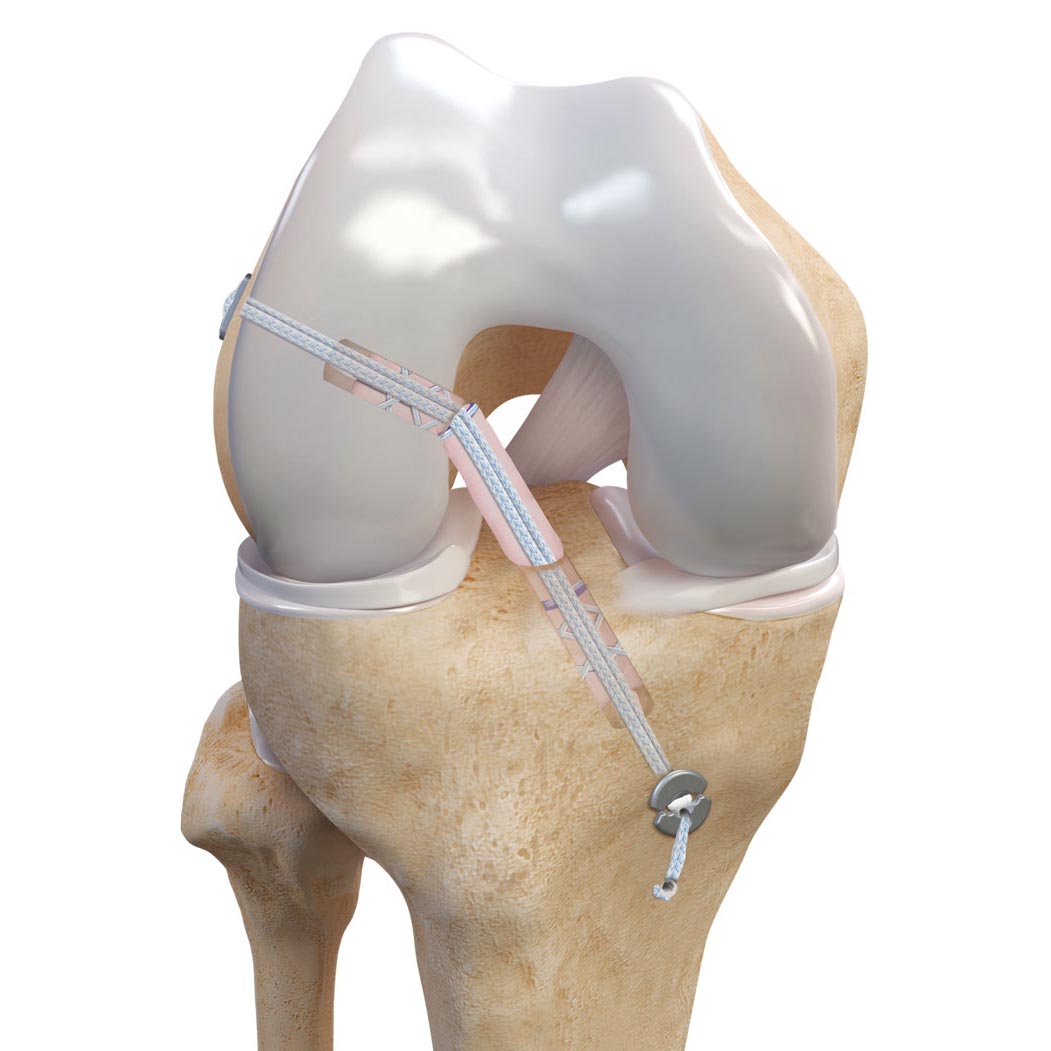
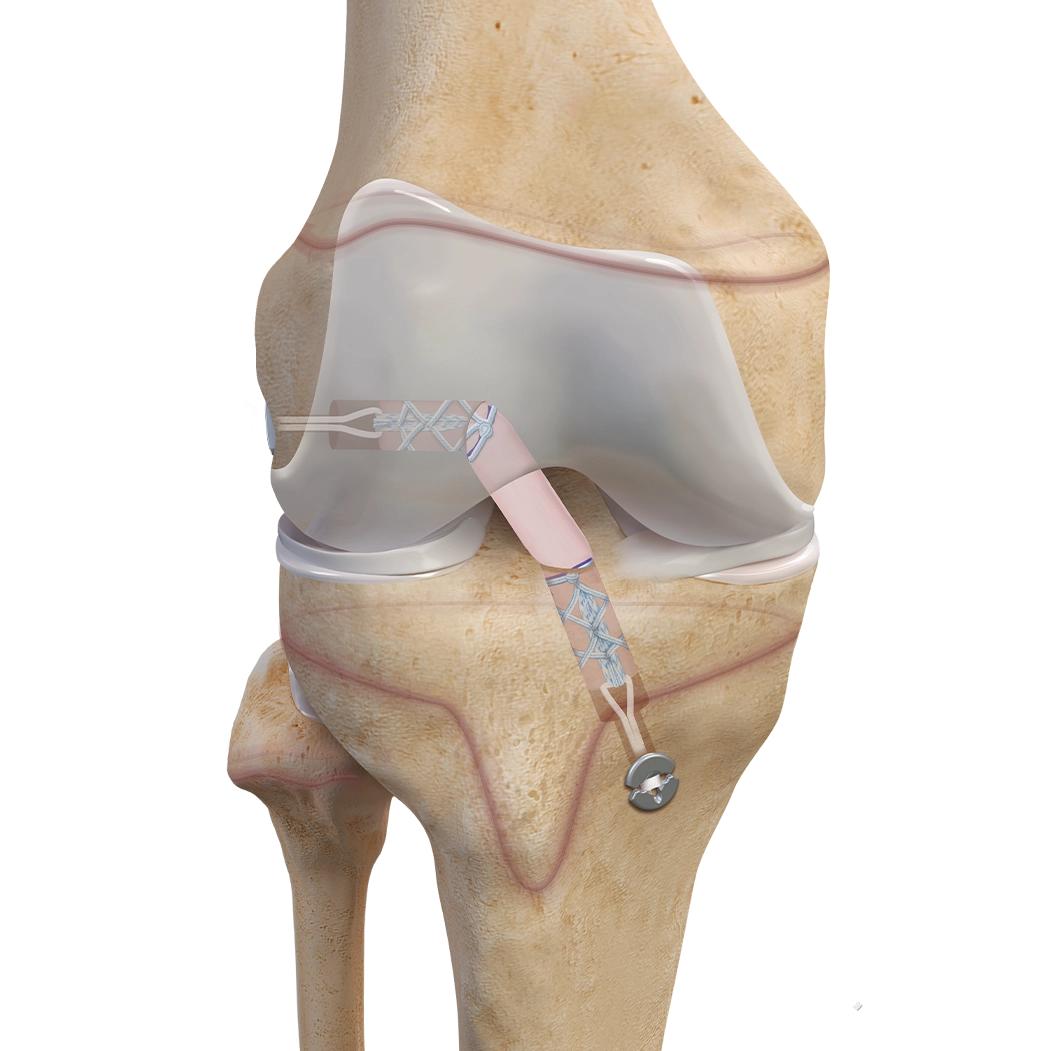
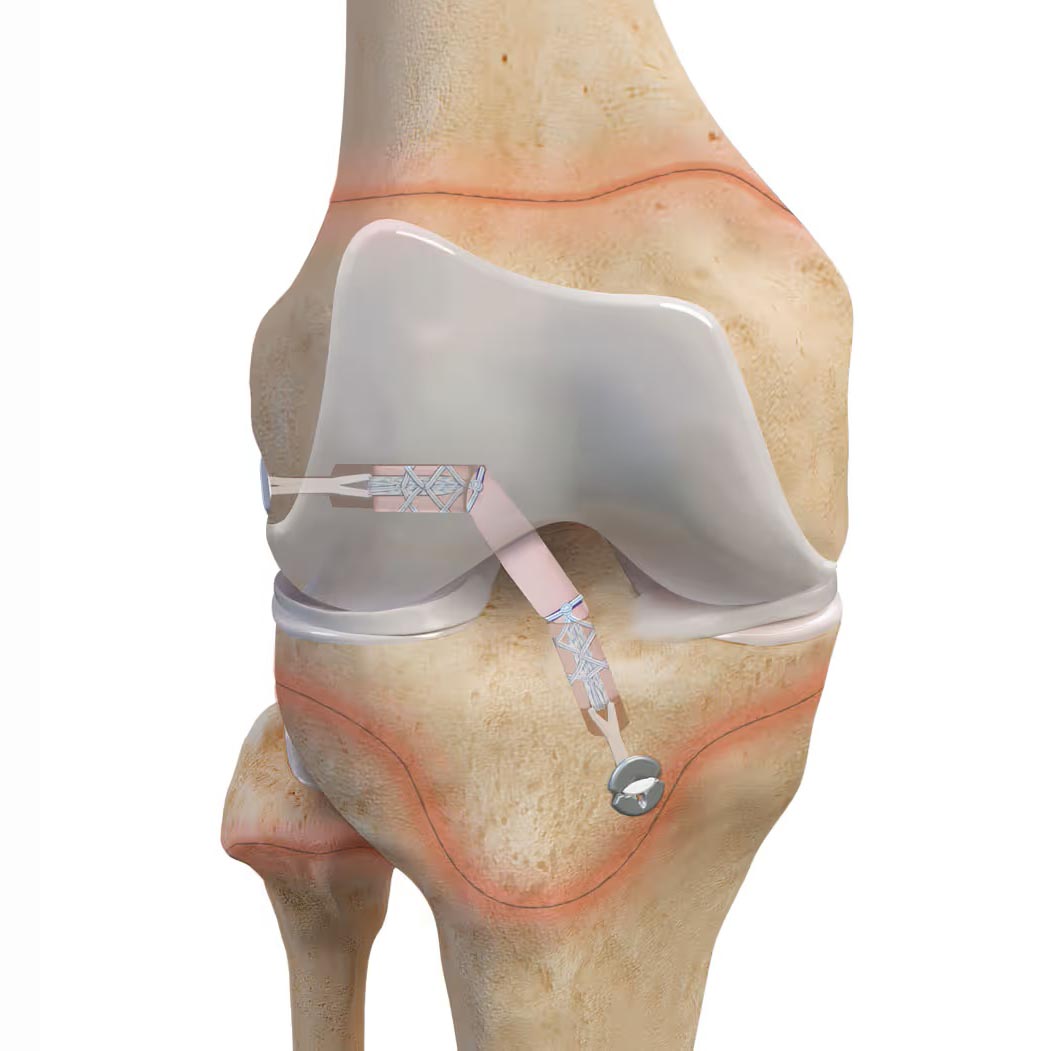

Physeal-Sparing ACL Reconstruction: Modified Macintosh Technique7
Usually performed on prepubescent patients whose bones still have a lot of growing to do, this procedure is also sometimes referred to as over-the-top, Micheli-Kocher, and iliotibial (IT) band ACL reconstruction. In this growth-plate–sparing technique, the surgeon uses a portion of the IT band to replace the torn ACL. It is wrapped around the lateral femoral condyle (one of the knobs at the bottom of the thigh bone) and secured to the periosteum, a thin but strong layer of tissue that covers bones.
Physeal-Sparing ACL Reconstruction: All-Epiphyseal Technique7
In this technique, also frequently chosen for prepubescent patients, surgeons use special guides to drill tunnels completely within the growth plates. This allows them to pass the graft to replace the ACL without drilling through the growth plates. Learn more about grafts.
Partial–Physeal-Sparing ACL Reconstruction7
Also called hybrid–physeal-sparing ACL reconstruction, this technique is frequently used for patients with about 2 years of skeletal growth remaining, but ultimately, the technique chosen is up to your child’s surgeon. At this skeletal age, the growth plate on the femur (thigh bone) is growing more than the one on the tibia (shinbone), so the surgeon avoids drilling through the femoral growth plate to reduce the chance of surgical complications.
Transphyseal ACL Reconstruction7
This technique is often chosen for patients who have undergone puberty and who have less than 2 years of skeletal growth left. It is also the technique used for skeletally mature adults.
During ACL reconstruction, the torn ACL is removed and replaced with either an autograft (a graft harvested from another tendon in the patient’s leg) or an allograft (a graft from a donor). The most common grafts for ACL reconstruction are from the quadriceps, patella, or hamstring tendon. The graft is then passed through drilled tunnels and secured with screws, buttons, or suture. Learn more about ACL reconstruction.
ACL Repair8
ACL repair is also a potential treatment option for some ACL tears, depending on the patient's age, activity level, and tear location. In these procedures, the torn ACL is reattached to the bone rather than replaced with a graft.
This means there is no risk of graft-site morbidity, or damage to the area from which a graft is taken, and no need to drill the bone sockets required for ACL reconstruction.
However, there are important considerations to be aware of for ACL repair in children and adolescents, including but not limited to potential damage to the physes (growth plates) and a higher failure rate as compared to ACL reconstruction in adolescent patients. Learn more about ACL repair.
Arthrex ACL Reconstruction
Arthrex, a global leader in minimally invasive orthopedic surgical solutions, makes instruments that are specially sized for use in young patients (ages 10 and up) with smaller anatomy whose skeletal growth may still be ongoing.
Pediatric ACL reconstruction has numerous benefits for these patients compared to traditional ACL reconstruction.
The InternalBrace surgical technique is intended only to augment the primary repair/reconstruction by expanding the area of tissue approximation during the healing period and is not intended as a replacement for the native ligament. The InternalBrace technique is for use during soft tissue-to-bone fixation procedures and is not cleared for bone-to-bone fixation.
A Seatbelt for the ACL
Similar to how a seat belt acts in a car accident, the InternalBrace technique supports the ACL reconstruction by securing the ACL graft to the bone during the healing phase, which may reduce the risk of further injury or instability.13-16
There is ample evidence that adding the InternalBrace technique to ACL reconstruction procedures reduces the risk of retear or reinjury by more than 80%.11-12
Frequently Asked Questions


What is an ACL tear?
ACL injuries can occur by pivoting quickly, landing awkwardly, or stopping suddenly during athletic activity or even during day-to-day activities.17 The ACL can be torn partially or fully, which may help determine what type of procedure your child’s surgeon chooses to perform.


Can my child tear their ACL?
Yes, anyone can tear their ACL. If your child has been experiencing knee pain, it is best to visit a doctor for diagnosis.17


If my child tears their ACL, will they need surgery?
The ACL cannot heal itself. While some patients may respond to nonsurgical treatment, most people with an ACL injury will need surgery. Factors such as age, activity level, and the severity of the injury will determine treatment.


What are the long-term effects of not surgically fixing an ACL tear?
If your child tears their ACL, they will most likely need surgery to fix it. Not surgically fixing an ACL tear can have negative consequences, both short- and long-term, including:
- Increased risk of meniscal injury,6,18 which can in turn lead to degenerative changes19
- Risk of cartilage damage6
- Lingering knee instability19
- Potential lower chance of returning to preinjury activity levels6,19


How does ACL surgery differ for children?
ACL surgery for children and adolescents is specially designed not to impact skeletal growth, which occurs as we grow.7 There are several ACL reconstruction procedure types your child’s surgeon may recommend based on their age, skeletal maturity, the surgeon’s own preference, and other factors.


Will ACL surgery impact my child’s growth?
The type of ACL surgery your child’s surgeon chooses will correspond with how far along they are in their skeletal growth and thus how careful they must be about avoiding the growth plates in the bones that make up the knee joint.7,8
Arthrex ACL reconstruction procedures use special instruments designed to help surgeons minimize the impact on patients’ growth plates.


What is the recovery process after an ACL reconstruction?
There are many factors that determine recovery time and rehabilitation, including your child’s age, activity level, how they feel after the procedure, and more. Your child’s doctor will work with a physical therapist to design a recovery protocol designed for your child's needs.


Will my child be able to return to playing sports?
While every patient is different, more than 90% of patients who undergo Arthrex pediatric ACL reconstruction return to their activities and sports.10


Is there a chance of reinjuring or retearing the ACL?
As with any injury, there is the possibility of reinjury. However, your child’s surgeon may recommend incorporating the InternalBrace technique into their ACL reconstruction procedure. The InternalBrace technique can reduce the possibility of reinjury to the ACL by more than 80%.11,12




